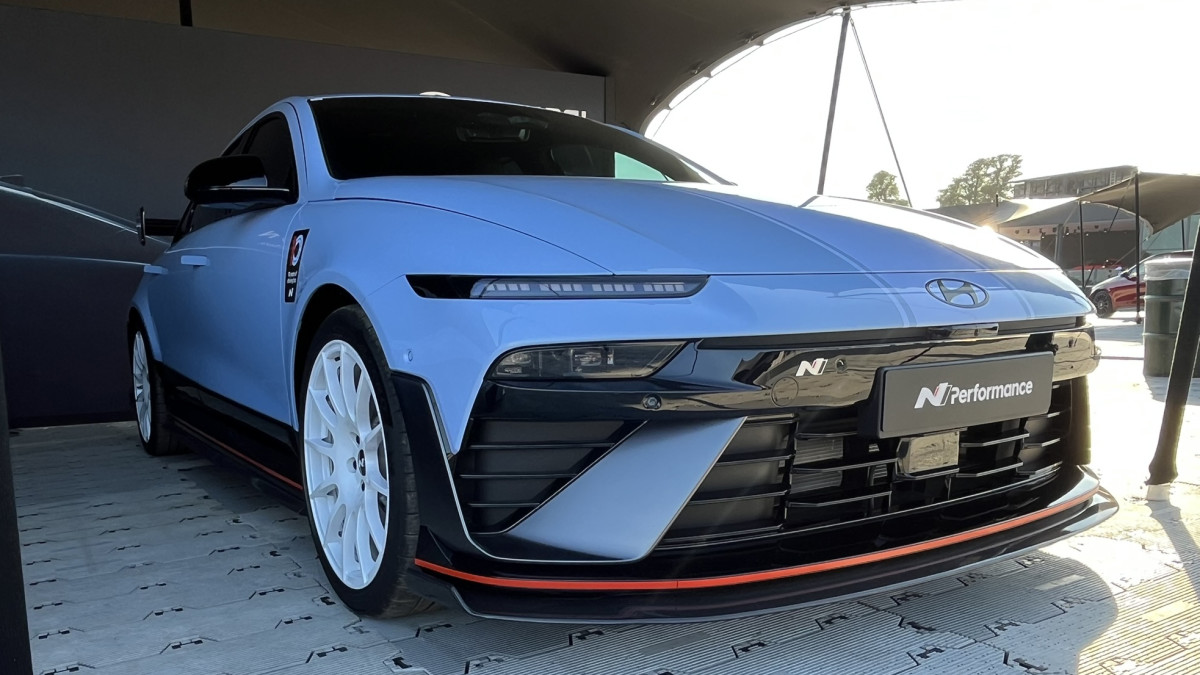(NSI News Source Info) NEW DELHI - February 16, 2009: In the wake of last November's Mumbai terror strikes, which revealed weaknesses in India's homeland defense capacity, India's inability to fight a full-fledg ed war is now being increasingly exposed.
ed war is now being increasingly exposed.
 ed war is now being increasingly exposed.
ed war is now being increasingly exposed.Years of political neglect, corruption, red tape and indecisiveness have left the Indian Army (and to some degree the Navy and the Air Force) without the wherewithal to fight a protracted war against neighbor Pakistan, let alone more powerful China.
Problems with India's defense modernization program -- valued at more than $50 billion over the next five years and to include new fighter jets, nuclear submarines and war ships -- mean that improvements might be further off than anticipated.
Inadequacies in India's Russian-made main battle tank fleet, originally identified in a report by the Comptroller and Auditor (CAG) in 2006, continue. The report focused on India's deficiency vis-à-vis Pakistan, since Islamabad is the more immediate threat, but also because the deficit when compared to China is too glaring to be overcome in the foreseeable future.
The CAG report identified quality problems in tanks, upgrades and technology transfer issues with Russia, especially in the face of Pakistan's crack fleet of about 1,300 Chinese and Ukrainian-built tanks.
Last year, Army Chief Gen. Deepak Kapoor said that Russia has been delaying technology transfers on the T-90 tanks, which in turn has pushed back production in India. New Delhi had purchased 310 of these tanks in 2001 and signed a contract for another 347 in 2007.
In a further sign of urgency in the face of Indo-Pak tensions, the Army last week placed a fast-track order of 4,100 French-origin Milan-2T anti-tank guided missiles (ATGMs), as the indigenous Nag missile is yet to be operational. Like other military upgrade orders, the $123 million Milan ATGM purchase had been on hold for a while, but was pushed through urgently given the conflict scenario emerging after the Mumbai attacks.
Experts have also been highlighting India's inadequacies in missile capabilities when compared to Pakistan's Chinese and North Korean-backed program. India's test of a nuclear-capable BrahMos cruise missile failed last month. In the case of ballistic missiles, only the short-range (150-350 km) Prithvi are battle-ready. Though India has successfully tested longer range (700-2000 km) Agni missiles, they are yet to be fully operational and are still being inducted.
Indian Prime Minister Manmohan Singh has spoken bluntly over the past few years about the state-owned Defense Research and Development Organization (DRDO) that oversees all defense production, expressing concern over escalating imports in the defense sector due to incessant delays in indigenous delivery of weapons systems. Among the severely delayed DRDO projects include the Tejas, a homemade light combat aircraft, and the Arjun, a main battle tank.
And while the bigger issues receive some attention, there are myriad smaller problems. In its performance audit of defense capital acquisitions in mid-2007, the CAG cited the Army for purchasing more thermal imagers than needed, at a cost of $2 million. CAG also said that four frontline warships acquired by the Navy are sitting ducks for enemy submarines, as they were inducted without Sonar capability. The Navy was also cited for procuring two maritime reconnaissance aircraft, refurbished at a cost of $55 million without essential avionics and weapon systems, leading to serious limitations in their operational role.
Observers say that although India has emerged as one of the biggest buyers of military hardware globally and defense deals are signed very easily and with much fanfare, there is a wide gap between planning and execution. Almost every defense contract passes through the usual cycle of taint, allegations, political brinkmanship and investigations. Despite the Indian government enacting an "Integrity Pact"" between buyer and seller to avoid kickbacks and corruption, it is well-known that middlemen and agents continue to play significant roles.
However, excessive scrutiny can sometimes amount to a politically driven witch-hunt that promotes indecision at a time when Indian armed forces are in dire need of modernization. For example, a $3-billion deal signed in October 2006, to procure six Franco-Spanish Scorpene submarines from Armaris and European defense firm MBDA is currently under suspicion. Allegations have arisen that New Delhi shielded Indian middlemen who took commissions from French defense giant Thales, which owns Armaris, to clinch the deal.
And in 2007, after considerable speculation, New Delhi scrapped a $600-million deal to buy 197 military helicopters from EADS subsidiary Eurocopter, saying irregularities in the bidding process were to blame.
Thus, despite the Defense Procurement Policy of 2006 designed to bring transparency and speedy clearance of contracts, the defense ministry has been unable to substantially increase the pace of expenditure. The Parliamentary committee on defense reported in 2008 that $4.3 billion in funds meant to modernize India's armed forces has remained unspent between 2003-7, as deals get scrapped or delayed due to controversy and kickback allegations.
Indeed, though the Pakistan economy lags India by quite a margin, the same can no longer be said when it comes to military purchases. Pakistan overtook India for the first time in 2006, signing arms deals worth $5.1 billion, as compared to $3.5 billion by India. India is by far the bigger buyer over the period 1999-2006, with agreements valued at $22.4 billion, compared to $10.9 billion for Pakistan. But clearly there is a problem in executing deals.


















No comments:
Post a Comment